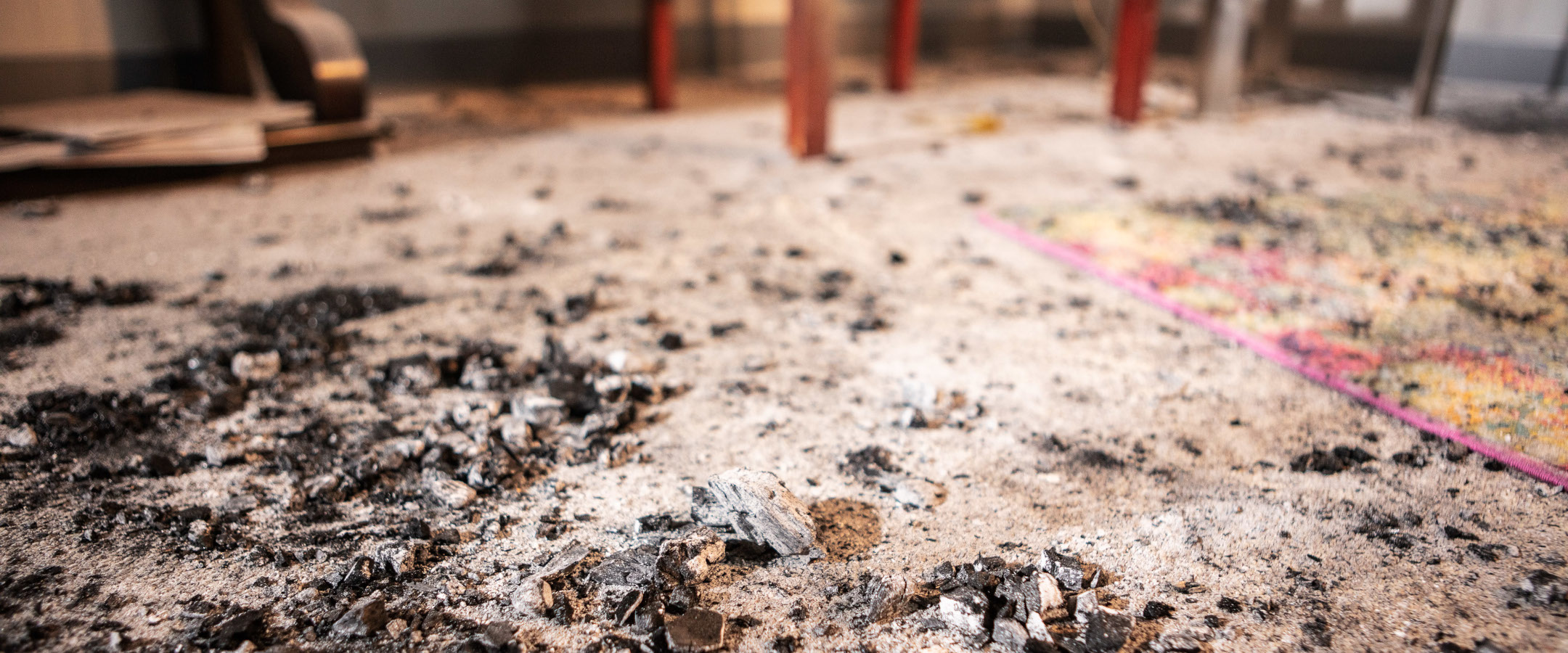Any fire, no matter how small, can have serious implications for a business or commercial property.
Understanding what makes up smoke and fire damage, what one should do if it occurs and what steps can be taken to minimize risk is something every property owner should consider. Doing so can help expedite the commercial fire damage restoration and smoke damage restoration processAnd even reduce the amount of work that needs to be done.
What Is Fire Damage?
Generally, fire damage involves anything that flames or soot have come in contact with, including the structure and any objects or materials. With a fire, structural damage is always a concern and may require additional structural engineering and safety protocols to repair.
In commercial facilities, office buildings and multifamily residences, it is especially important to perform testing of soot or smoke to determine whether any toxins exist that could prove harmful to occupants. A restoration professional is your best resource for this type of service.
What Is Smoke Damage?
Unlike fire damage, smoke damage can exist even without the presence of flames. For example, an employee might accidentally cook a microwave meal too long in the breakroom, resulting in smoke and odor that spreads throughout the floor – or worse, gets into the HVAC system and circulates throughout the entire building. With smoke damage, more direct cleaning is needed to reduce the amount of particulates in the air and eliminate odors.
What is the best way to determine whether smoke damage has occurred? The general rule of thumb is that if smoke is circulating to the point where it can be smelled, there is significant likelihood that smoke damage is present. If that’s the case, call a restoration professional.
